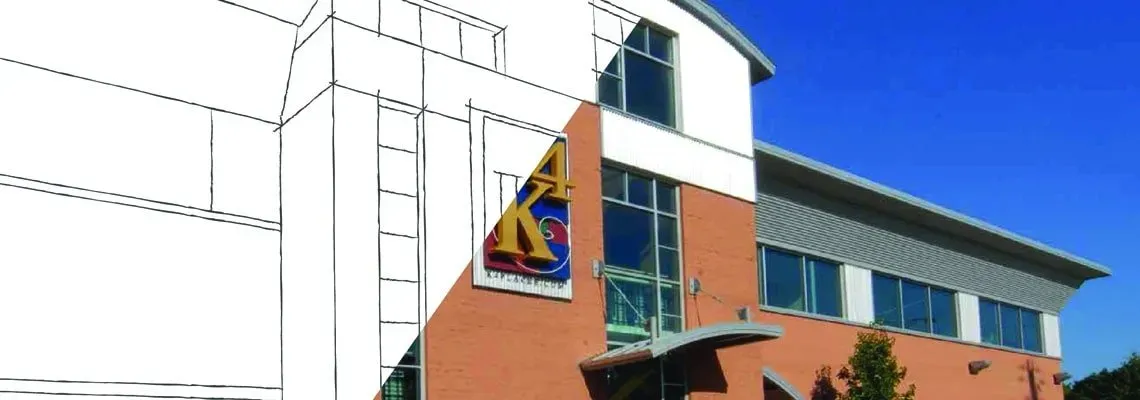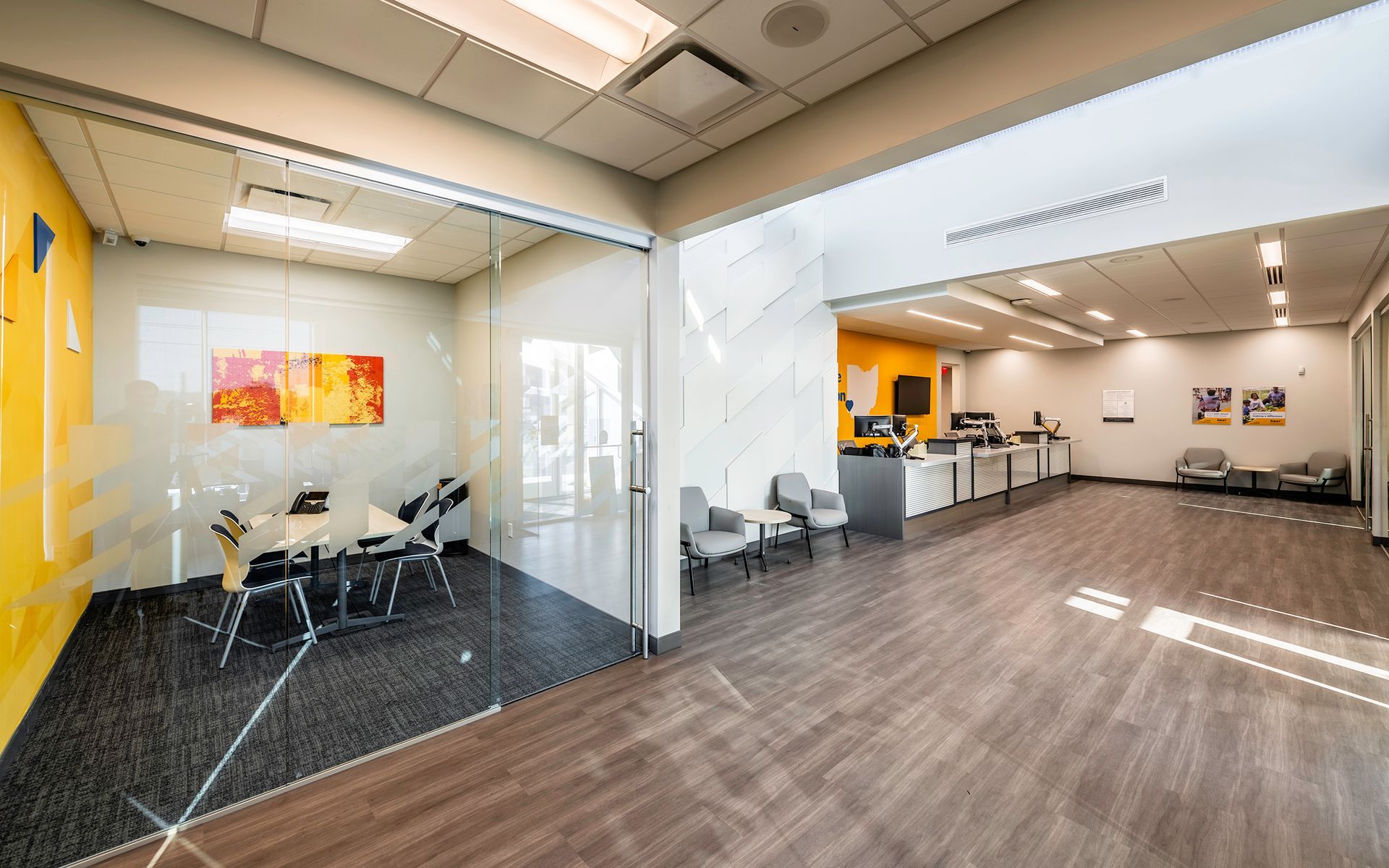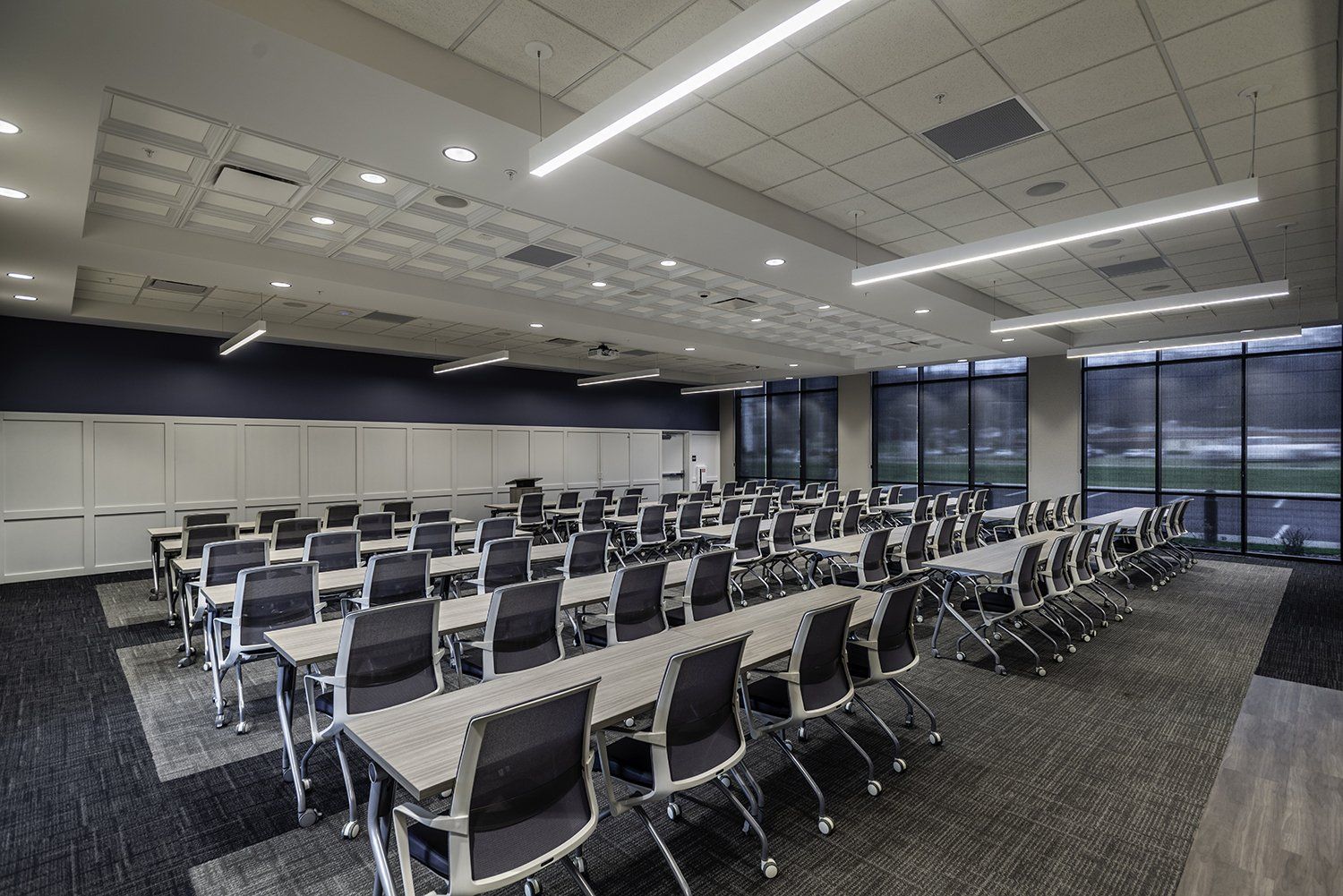By: Jeff Klump,
President of K4 Architecture + Design
Menu
Follow us on:

In recent years, the banking landscape has been shifting, as larger and regional banks have been withdrawing from smaller communities, creating a void that other financial institutions are uniquely positioned to fill. This shift has generated an opportunity for these smaller financial institutions to capitalize on the potential customer base in smaller underserved markets. Two emerging trends that are gaining traction in this scenario are the concepts of micro branches and freestanding ITM’s.
The microbranch trend represents a significant opportunity to not only serve your existing customer base more effectively, but also to expand your reach and grow business in the future, especially in these underserved markets. Micro branches are typically between 1,000-1,500 square feet in size, with a focus on efficiency and convenience, and staffed with two to three universal bankers. These smaller branches require much less investment to get into the market and are more agile and designed to meet the specific needs of these communities. They are designed to provide all the essential banking services that customers need on a day-to-day basis, while also offering the flexibility to handle more complex transactions when necessary.
Another emerging trend is the use of Interactive Teller Machines (ITMs) which are similar to ATMs but allow customers to interact with a live teller remotely, enabling them to conduct a wider range of transactions without the need for a traditional teller window. Freestanding ITM kiosks can be placed in parking lots or other convenient locations. These kiosks offer many of the same benefits as traditional micro branches in terms of transactions, including convenience and flexibility, but at a lower cost and with a much smaller footprint. Also, since the transaction is a “live” video, the video teller/universal banker can also arrange and set up meetings for customers for more complex transactions such as loans, at one of their local staffed facilities. This makes them an attractive option to expand reach without committing to a full-scale branch. Although many people may prefer person-to-person interaction, the ITM could be an alternative or option during busy times.
One of the key advantages of micro branches is their cost-effectiveness. Due to their compact size and lower staffing requirements, they are more affordable to build and maintain compared to traditional branches. This makes them an attractive option for financial institutions seeking to expand their presence in less populous markets. Another advantage of micro branches is their flexibility and the ease at which they can be adapted to meet the specific needs of different communities. For example, a microbranch in a rural area might focus more on agricultural lending, while a microbranch in a suburban area might offer more mortgage and consumer lending services. This flexibility allows tailored offerings to the unique needs of each market, increasing their appeal to local customers and members.
From a design standpoint, micro branches present a distinctive array of challenges and opportunities. Given their limited size, each square foot must be meticulously utilized, necessitating careful attention to the layout and circulation of the space to ensure it is both practical and functional. This demands thorough planning to guarantee efficiency and aesthetic appeal, maximizing the space's utility while maintaining a warm and welcoming environment.
The emergence of micro branches presents a compelling opportunity to reimagine customer/member service and business growth strategies. Embracing this trend and committing to innovative design and technology investments allow these financial institutions to distinguish themselves as pioneers in the branch renaissance.









